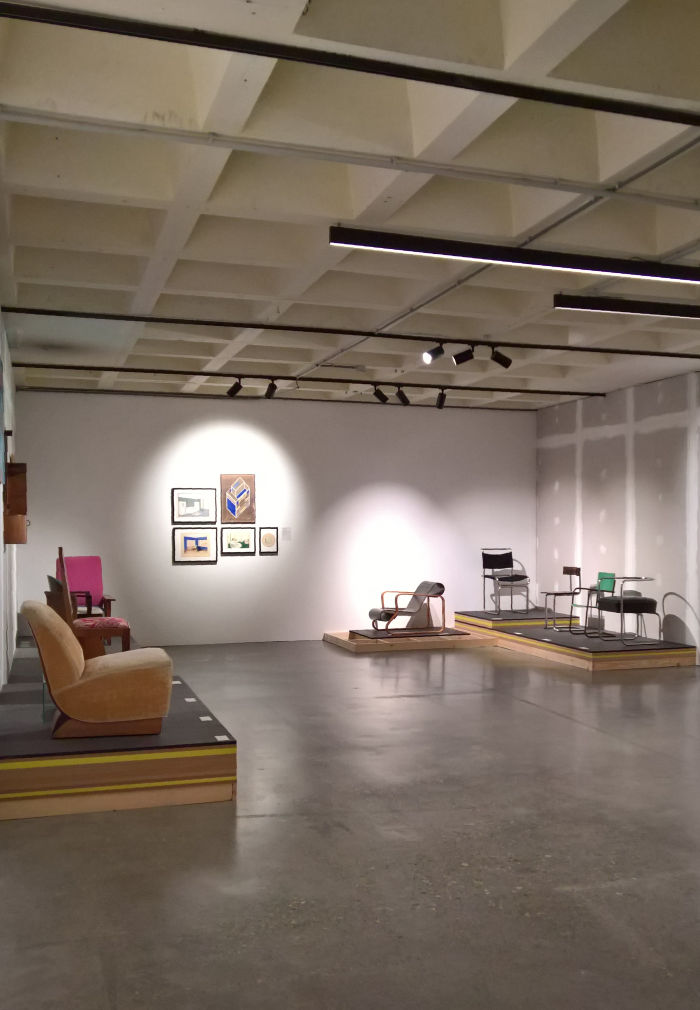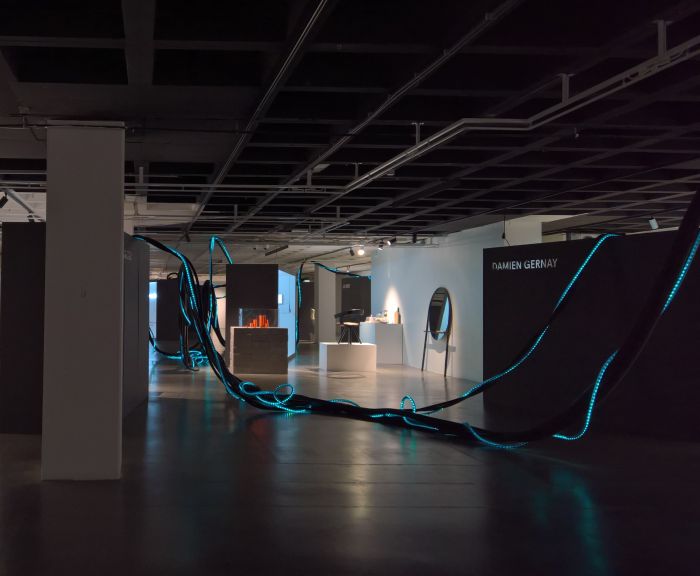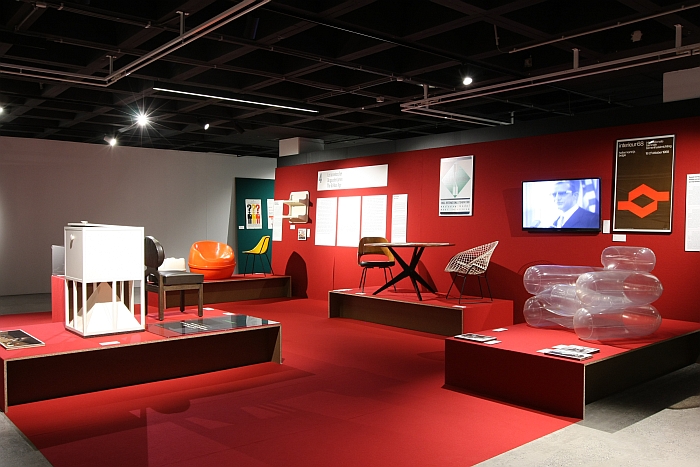5 New Architecture & Design Exhibitions for March 2021
Following the declaration of the French Republic in 1792 a new calendar was introduced in the realms of France: the Revolution had washed away France past and the Republic marked the start of a new reality for mankind, one of universal Liberté, Égalité, Fraternité, and therefore demanded a resetting of the collective clock, a new measuring of time, and thus out went the Gregorian calendar and its historic associations with church and state, and in came le calendrier républicain, the French Republican Calendar.
And while, yes, one can consider the belief amongst the new republicans in the eternal gloriousness of the coming future as somewhat naive, one must remember that we can reflect on their optimism with the benefit of over 200 years hindsight and experience.
The argument for a new calendar appears however as compelling and self-evident as it must have done at its adoption on October 24th 1793. Or 3 Brumaire II, as we believe le calendrier républicain would date the day of its adoption.
Aside from its ten day week, an early attempt at bringing decimalisation to our time keeping, and the bequeathing of every day its own unique name, the principle difference between the Gregorian and Republican calendars is the move from the 12 months of varying lengths inherited from the Romans to twelve months each comprising thirty days, three ten day weeks, and the renaming of the months to give them a connection to nature rather than to Romans: the period between 19/20th February and 19/20th March, that period in which we find ourselves at the time of writing, being known as Ventôse, from venteux, windy, and was preceded by Pluviôse, rainy, and followed by Germinal, germination
Which all strikes us as particularly apposite as we move towards the next phase of our post-pandemic society; as a fresh wind blows the global rain clouds away and ushers in a period of re-birth and springing forth. Yes, such optimism may be as naive as that of the French revolutionaries, but we have a much better understanding of history today, and for all a much better understanding of the sense and logic in, utter necessity of, making use of the myriad lessons of history in order to avoid the pitfalls and follies of the past, and to allow us to chart an untroubled course forward……oh…..hang on……
Although, now is as good a time as any to start. The theory is known, we just need to move into the practice. And so given that all nations and all peoples have had their Corona tribulations should we not think about re-setting our global clocks, starting afresh at a new global year zero for a new global society?
We’ll leave others more qualified than us to work out the practicalities and technicalities, and decide on the basis of the nomenclature, and instead recommend here four new exhibitions scheduled to open in Germinal CCXX, and thus, one hopes, once the winds of Ventôse have begun to do their job, and also recommend a radio station that’s been online since the rains of Pluviôse….
SPACES. Interior design evolution @ ADAM Brussels Design Museum, Brussels
The Hungarian composer Béla Bartók was (reportedly) the opinion that, “in art there are only fast or slow developments. Essentially it is a matter of evolution, not revolution.”
A position one, arguably, could apply to all expressions of contemporary culture and society.
And a position the exhibition SPACES. Interior design evolution at the ADAM Brussels Design Museum explores in context of domestic interiors.
Intersections #5. Design Generations @ ADAM Brussels Design Museum
Staged in context of Intersections, ADAM Brussels Design Museum’s biennale programme, Design Generations explores not only the work of designers of differing generations, but for all design that remains relevant across generations……
5 New Architecture & Design Exhibitions for February 2018
If academics are to be believed, which admittedly seems unnecessary given the wealth of irrefutable facts available on Twitter and Facebook, February has always been a short and flexible month.
Initially non-existent – the contemporary January and February being once considered an indivisible “winter” – when the Romans decided to extend their calender, February was deliberately left shorter than all other months, largely for accounting purposes, that is, to allow it to be adjusted as the solar calender dictated. And nobody has seen fit to rectify that situation.
Nor do we.
And so maintaining this tradition, our 5 new architecture and design exhibition recommendations for February 2018 features but four……..
5 New Architecture & Design Exhibitions for January 2018
With his two faces the Roman God Janus looks simultaneously forward and backwards, standing in constant watch over transitions, the passage of time, beginnings, ends.
The easy connection to make is with January, that month of the year when we are invariably reflecting and hoping in equal measure: the more complex connection to make is with a well-crafted architecture and design exhibition, one which effortlessly links reflections of the past with proposals, visions and excitement for the future. Nothing existing as it does in isolation. And everything requiring a transition.
Our five gatekeepers for January 2018 can be found in San Francisco, Brussels, Basel, Milan and Cologne.
Panorama. A History of Modern Design in Belgium at ADAM, Brussels Design Museum
With the exhibition Panorama. A History of Modern Design in Belgium, the ADAM, Brussels Design Museum present an exploration of design in Belgium from the 1880s until the 1980s: and in doing so not only explain the development of design in Belgium, but provide for new understandings of that development.





